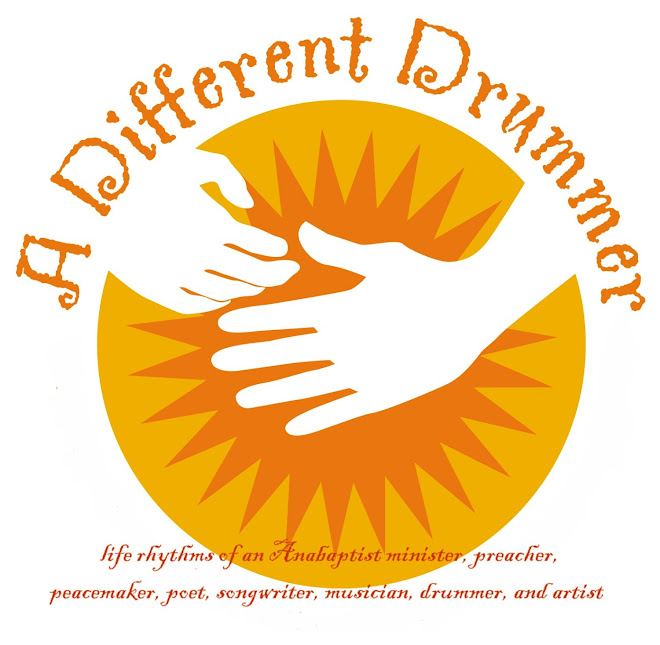





Today I went out in the snowy weather and visited the Andy Warhol Museum in Pittsburgh, Pennsylvania. I had recently read the book The Religious Art of Andy Warhol by Jane Dillenger (see my review in this blog) and wanted to come to Pittsburgh, where Warhol grew up, and visit the Warhol Museum (http://www.warhol.org/museum_info/index.html). It was worth the trip.
The museum as six floors of galleries, memorabilia, and archives. I began at the sixth floor and worked my way down. Several works among the collection stood out for me. First, the silk screens of a series of skulls. On viewing the skulls one is immediately overwhelmed by their sheer size. One huge canvas fills a whole wall. They are stark reminders of our mortality. But, painted in Warhol's brilliant colors these skulls take on life. Not only the color but in the shadow of the skulls you can see the shadow of a baby, represented new life. In the shadow of one skull I saw the outline of a spermatozoa, again representing new life.
There are many interpretations of Warhol's repetition of images. I was curious to read one interpretation next to a a series of repeated images of Elvis on a silver canvas by a Rabbi Mark N. Staitman of Rodef Shalom Congregation:
In Prayer, I speak to God. In study, God speaks to me. Judaism is a religion of text. We see Torah as a gift of God. The first century rabbi ben Bag Bag said, “Turn it and turn it, for everything of value is in it.” For 2000 years we have studied Torah, looking for God’s word to us. It is not uncommon that Torah seemingly repeats itself. Often the seeming repetition has a slight variation, but always a variation in context. While some may see this as redundancy, Judaism sees each statement as having different meaning.
God would not be redundant. The task of the student of Torah is to find the distinct meaning in each variation of the text. Though each image in the painting starts with the same picture, each can be seen to have a different meaning, each meaning to contribute to a whole; meanings and meaning which, we the viewers, the generations, discover within.
As with repetition and meaning in West African drumming (see my blog article on polyrhythmic preaching), repitition in Warhol's art is interconnected with meaning. And repetition in Warhol's works takes on many meanings depending upon the subject matter, mood, color, etc. Repetition becomes an element of artistic hermeneutics.
As I descended the floors of silkscreens of animals, celebrities, and common objects, like product boxes, I was hoping to ascend a little upon viewing one of Warhol's last series of paintings of Da Vinci's Last Supper. When I got to the first floor I saw it. It was a huge, double image of Da Vinci's Last Supper . And in bright pink! Really Warhol made the print from a cheap copy of Da Vinci's famous fresco. Still, there is a visual impact in viewing the painting that makes it a totally new interpretation of Da Vinci.
As an artist who has been drawn (no pun intended) to realism, I was surprised by a new appreciation of the pop art of Warhol.
+of+drumminghands_Clr.jpg)
